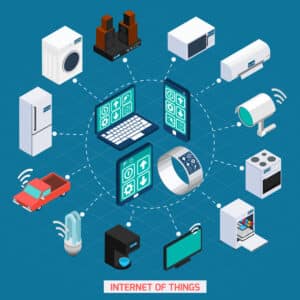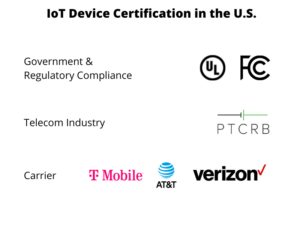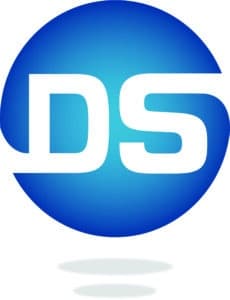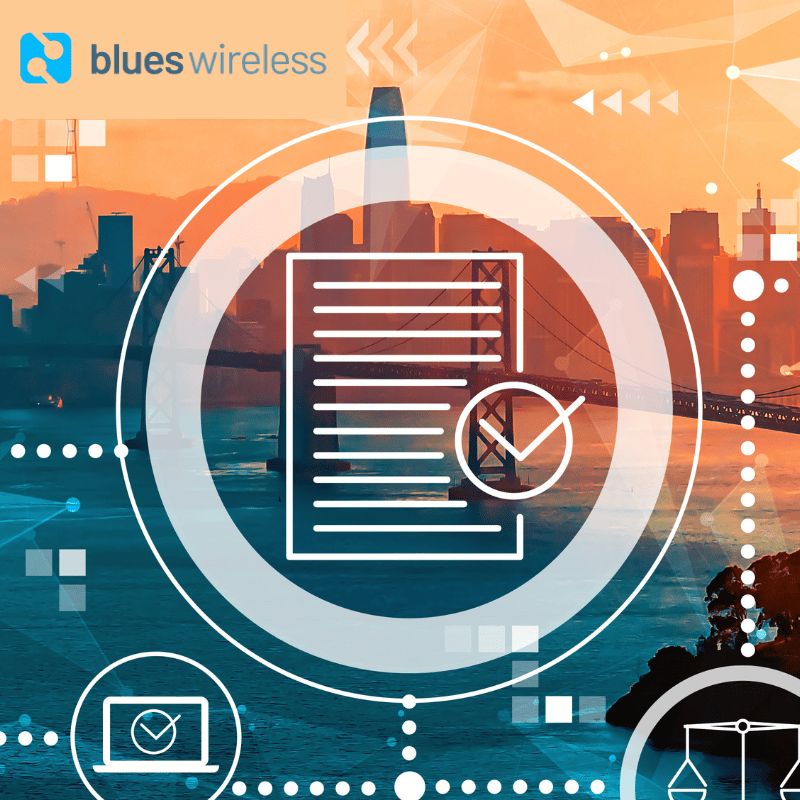If you’re making a new IoT product, you want it to go from prototype to deployment as quickly and affordably as possible. Going through device certification and testing is a process that all wireless communications devices, including IoT devices, must go through. This is done to ensure safe and reliable operation and network interoperability.
But the most daunting thing to be aware of? 80% of newly designed cellular devices fail certification in the first round of testing and certification. This can have a serious impact on project costs and time-to-market.
Having a solid understanding of the certification process and planning your device design to meet the various requirements will help mitigate these risks and increase your chances of passing wireless IoT certification.
Why Do We Need Device Certification?
Testing and certification programs have traditionally been used to ensure the correct functionality of devices with fully integrated cellular radio capabilities, such as smart phones, when connecting to a cellular network.
The Internet of Things (IoT) has introduced cellular connectivity to “dumb” things, such as traffic lights, liquid storage tanks, bicycles, and even dad jokes. This new connectivity carries with it traditional testing and certification requirements.

IoT device certification ensures:
- devices operate in a safe and reliable manner
- devices do not interfere with the cellular network or on other wireless devices nearby
- device interoperability, meaning that devices work as intended when connected to the carrier’s network
If devices fail certification, a lot of time and money can be consumed to address the issue(s). Doing an additional board spin adds 6-8 weeks and up to $1M to a project. Within an IoT project, this means more time is spent on the functionality of cellular connectivity, rather than focusing on the unique applications of the IoT device. — Chris Lamb, Co-Founder, Device Solutions
Certification Types
Every country has its own certification requirements, and U.S. certification requirements for IoT devices vary per- device. A wearable device has different regulations than something non-wearable, for instance. These requirements fall under three categories, government and regulatory compliance, telecom, and carrier, illustrated with examples as follows:

For carrier testing, advice from experts is to divide and conquer. Each carrier requires official lab testing and takes about 1-2 weeks. This makes the best-case timeline just for carrier approval around 6 weeks, with the worst taking around 16 weeks.
Optimize Project ROI by Designing for Success
For large corporations, the project risk that accompanies the certification process can be easier to tolerate, but for individuals and small businesses it can be devastating.
The best advice for someone with an IoT device design idea? Plan ahead.
Design your device with certification in mind and plan for necessary components including:
- Antennae placement and integration
- Noise sources and harmonics
- Connectivity hardware and radio systems
Each option has its own benefits and costs, particularly when it comes to development cycles and certification. If it’s the right choice for your device, selecting a connectivity solution like the Blues Wireless Notecard will reduce project risk and time to market because it is already PTCRB, FCC, and carrier pre-certified.

Learn More About Device Certification
The testing and certification process is a multi-layered process with lots of moving parts, shifting timelines, and changing requirements. Planning for success begins at the design stage, including everything from connectivity hardware to antenna placement. It is always best to consult with an expert when you feel unsure of the best way forward. Contact one of our IoT Experts here at Blues Wireless for guidance on selecting the best connectivity hardware for your IoT device.
About Device Solutions
Device Solutions is an engineering consulting firm located in Morrisville, NC. They understand certification requirements and shepherd you through the process to expedite approvals.
Device Solutions identifies the required certifications and approvals and tests the high-risk parameters to ensure success at the time of submittal. The testing and certification sector of their business includes FCC, UL, Bluetooth and other certifications, as well as cellular carrier approvals.
With a long history in wireless, Device Solutions has developed excellent relationships with cellular carriers, and they understand their unique requirements and processes.
They provide numerous services to get your device ready for FCC certification and carrier approval, including:
- Design reviews and consulting during the development process
- Assistance with antenna design, prototyping, and evaluation
- Pre-screening in local labs
- Management of carrier certification and approval activities
To continue your learning journey about wireless IoT device certification, watch our YouTube interview series with Device Solutions co-founder, Chris Lamb.


